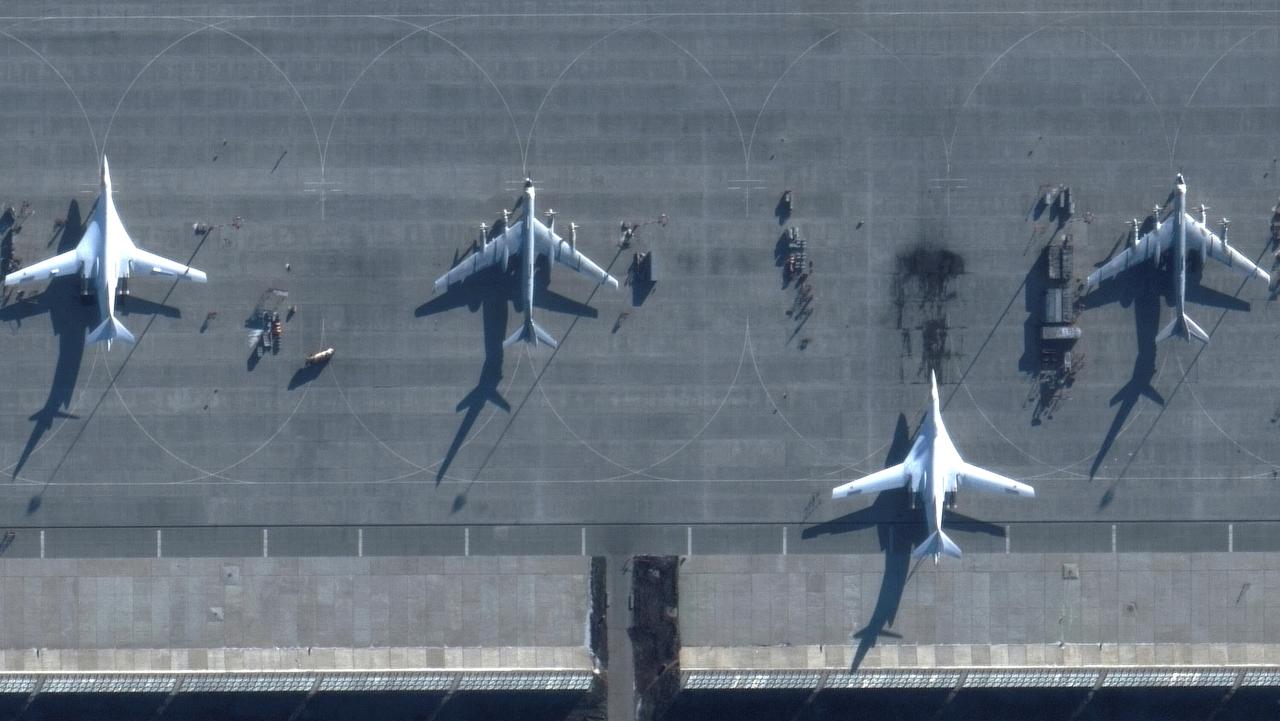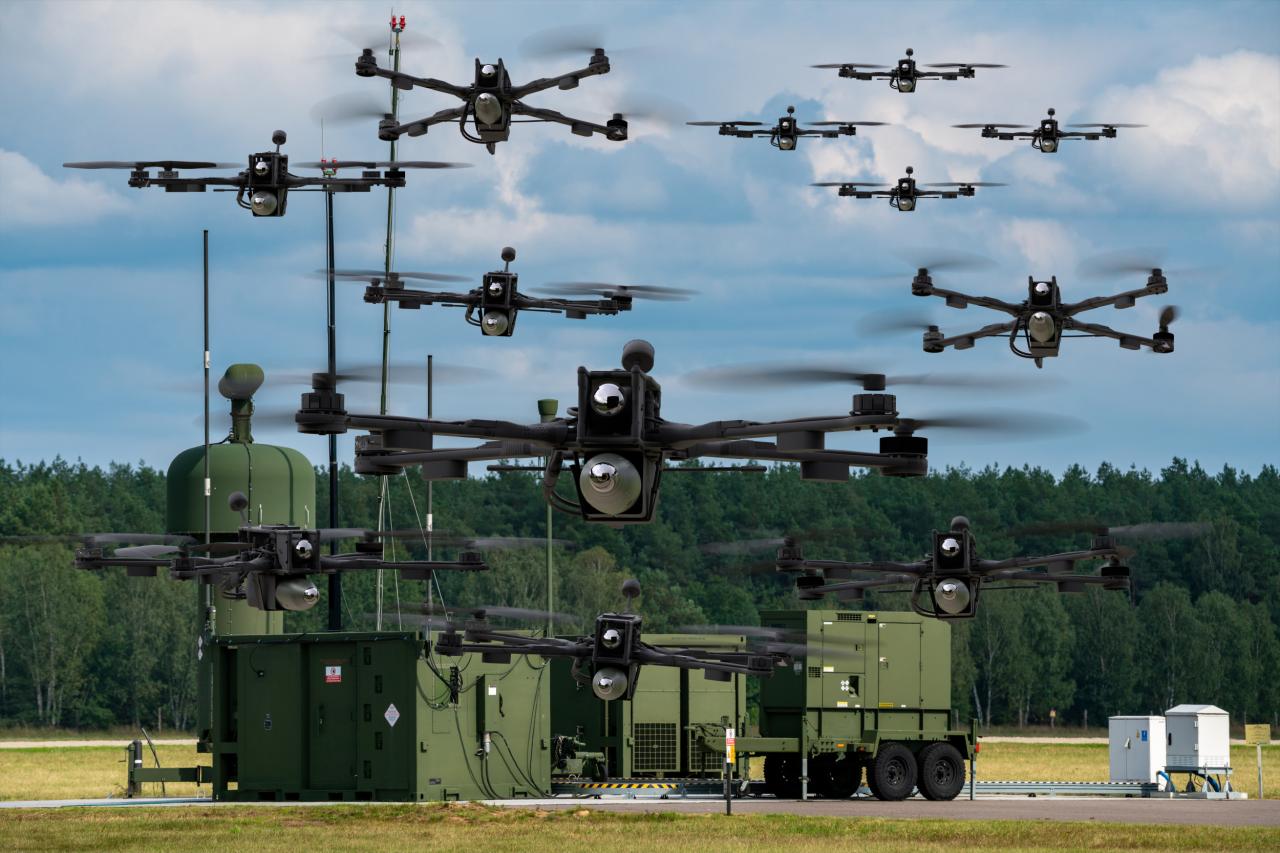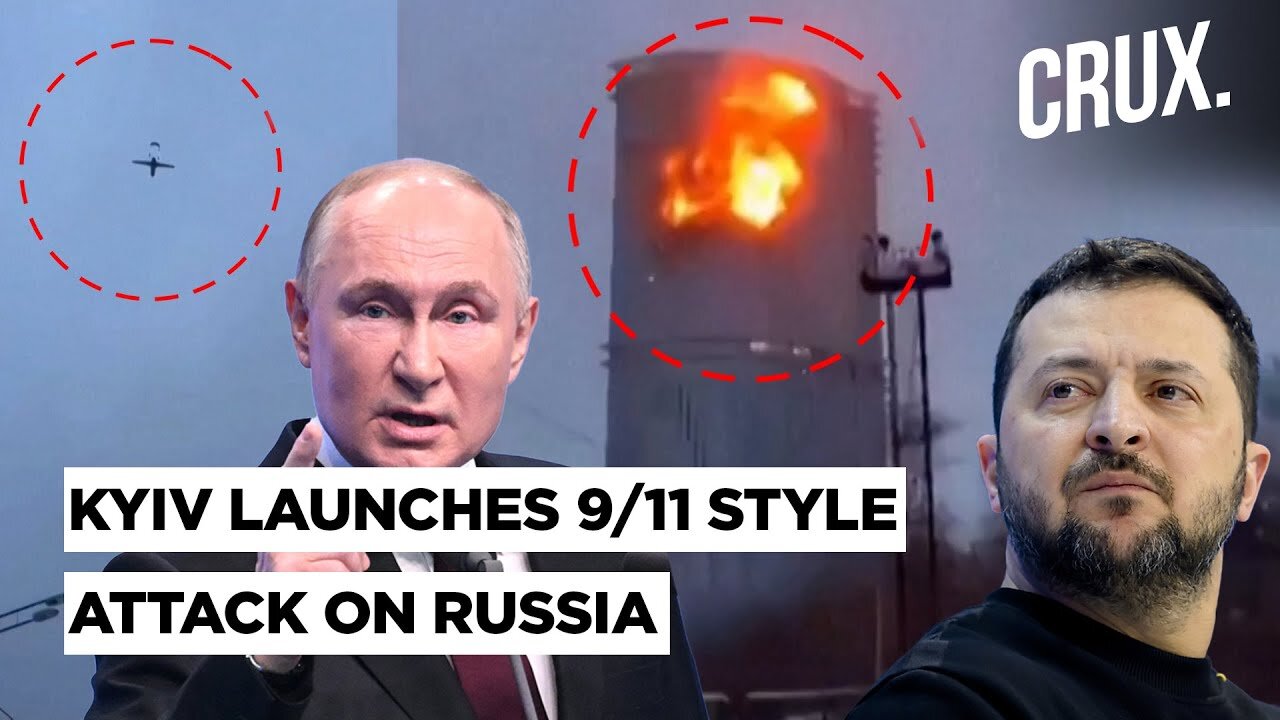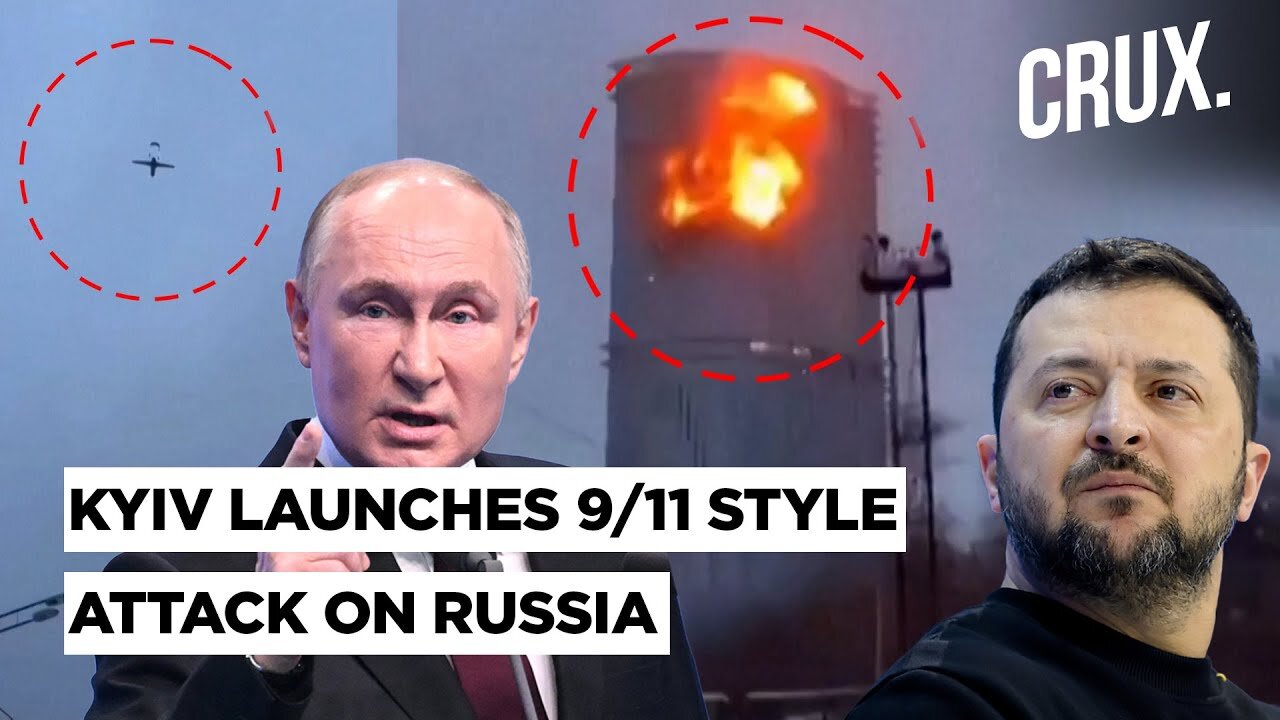Drone attack Russia has become a significant geopolitical issue, raising questions about the evolving nature of warfare and the vulnerabilities of major powers. This analysis delves into the various facets of these attacks, examining the types of drones employed, the geographical targets, the actors involved, and the consequences for Russia and the international community. We’ll explore the technological advancements fueling these attacks, Russia’s countermeasures, and the potential future implications.
News of drone attacks on Russia is dominating headlines, highlighting the evolving nature of warfare. But if you’re looking for drones for other purposes, maybe for hobbyist use, check out this awesome drone Boxing Day sale for some serious savings. It’s a great time to upgrade your equipment, while the geopolitical situation with drone attacks on Russia continues to unfold.
From the relatively simple commercially available drones adapted for military use to more sophisticated, purpose-built UAVs, the attacks showcase a range of capabilities and limitations. Understanding the strategic significance of the targeted locations – be it military bases, infrastructure, or even symbolic sites – is crucial to grasping the overall impact. This study aims to provide a balanced perspective, exploring both the immediate consequences and the long-term geopolitical ramifications of this escalating conflict.
Drone Attacks Targeting Russia: A Comprehensive Overview
The increasing frequency of drone attacks targeting Russia represents a significant shift in the geopolitical landscape. This analysis delves into the various aspects of these attacks, examining the types of drones employed, the geographic locations targeted, the actors involved, the consequences, and Russia’s response. We will also explore the technological advancements driving these attacks and defenses, the international implications, and potential future trends.
Types of Drones Used in Attacks
A variety of drone types have been used in attacks against Russia, ranging from commercially available models modified for military purposes to more sophisticated, purpose-built UAVs (Unmanned Aerial Vehicles). These drones differ significantly in their capabilities, range, payload capacity, and ease of operation. For instance, smaller quadcopter drones, often readily available online, are utilized for smaller-scale attacks, possibly carrying explosives or deploying incendiaries.
Larger fixed-wing drones, however, possess greater range and payload capacity, allowing for more significant attacks against infrastructure or military targets. The effectiveness of these attacks depends on factors like the drone’s stealth capabilities, its ability to navigate defenses, and the precision of its payload delivery. Technological advancements, such as improved navigation systems, more powerful engines, and more effective explosive payloads, continually enhance the capabilities of these drones.
Geographic Locations of Drone Attacks
Drone attacks against Russia have occurred across a wide geographical area, targeting both military installations and civilian infrastructure. The strategic significance of these locations varies depending on the target. Geographical factors such as terrain, weather conditions, and proximity to borders can significantly influence the success or failure of these attacks. For example, attacks in remote areas may be easier to execute due to less robust air defenses, while attacks near major cities pose a greater risk of detection and interception.
| Region | Date | Type of Drone | Damage Assessment |
|---|---|---|---|
| Belgorod Oblast | June 2023 | Modified Commercial Quadcopter | Minor damage to residential buildings |
| Bryansk Oblast | May 2023 | Unknown | Damage to an oil refinery |
| Krasnodar Krai | August 2023 | Fixed-wing UAV | Damage to a military airfield |
| Moscow | May 2023 | Unknown | Minor damage to a high-rise building |
Actors Involved in Drone Attacks
Attribution of responsibility for drone attacks against Russia remains complex and often contested. Several groups, including Ukrainian forces, and potentially other actors, have been implicated. The motives and objectives behind these attacks vary, ranging from disrupting military operations to undermining public morale and demonstrating capabilities. The potential for alliances and support networks among different actors adds another layer of complexity to understanding the dynamics behind these attacks.
Investigating these networks is crucial for understanding the full extent and impact of these operations.
Impact and Consequences of Drone Attacks
Drone attacks have caused both immediate and long-term consequences for Russia. The immediate effects include damage to infrastructure, military casualties, and disruption of operations. Long-term consequences may include economic losses, increased security spending, and potential escalation of the conflict. The psychological impact on the Russian public and military morale is also a significant factor, potentially affecting public support for the ongoing conflict.
The economic repercussions can be substantial, impacting various sectors, from energy to transportation.
Russia’s Response to Drone Attacks

Russia has implemented various measures to counter drone attacks, including deploying electronic warfare systems, improving air defenses, and developing counter-drone technologies. The effectiveness of these measures is a subject of ongoing debate, with reports of both successes and failures in intercepting and neutralizing drones. Specific incidents and Russia’s responses to them provide valuable insights into the ongoing technological arms race.
The analysis of these responses highlights both the challenges and successes in countering this emerging threat.
Technological Aspects of Drone Attacks and Defenses, Drone attack russia
Technological advancements in drone technology, such as improved autonomy, enhanced payload capacity, and advanced navigation systems, have significantly increased the effectiveness of attacks. Simultaneously, Russia is investing in counter-drone technologies, including electronic jamming, directed energy weapons, and advanced radar systems. The ongoing technological competition between attackers and defenders is shaping the future of this type of warfare.
International Implications of Drone Attacks

The drone attacks against Russia raise significant international legal and ethical questions. The potential for escalation and international involvement is a major concern, as is the risk of these attacks spreading to other regions. The reactions of other countries to these events are varied and complex, reflecting differing geopolitical interests and perspectives on the conflict.
Future Trends and Predictions
Future drone attacks against Russia may involve even more sophisticated drones with greater range, payload capacity, and autonomy. Swarms of drones could be employed to overwhelm defenses, and AI could play a larger role in planning and executing attacks. In response, Russia might develop more advanced counter-drone systems, potentially integrating AI and machine learning for enhanced detection and neutralization capabilities.
The recent drone attacks on Russia are raising serious questions about the future of warfare. It’s a stark contrast to the more commonplace uses of drones, like those showcased at events such as the drone in Paris which focus on commercial and civilian applications. This highlights the rapidly evolving technology and its potential for both constructive and destructive purposes, making the implications of the Russian drone attacks all the more concerning.
A hypothetical scenario might involve a coordinated swarm attack on critical infrastructure, highlighting the potential for widespread disruption and the need for robust defensive measures.
Recent drone attacks on Russia have highlighted the increasing use of unmanned aerial vehicles in modern warfare. If you’re interested in learning more about drones, checking out resources like this guide to finding the best buy drone can be a good starting point. Understanding drone technology is crucial for comprehending the evolving dynamics of these attacks and their potential impact on global security.
Epilogue

Drone attacks against Russia represent a new chapter in modern warfare, highlighting the asymmetric capabilities available to non-state actors and the challenges posed to even the most powerful nations. The technological arms race, both in drone technology and counter-drone defenses, is likely to intensify, with potentially unpredictable consequences. Understanding the complex interplay of technological advancements, geopolitical motivations, and international responses is vital for navigating the uncertain future shaped by this emerging form of conflict.
Essential FAQs: Drone Attack Russia
What are the typical payloads used in these drone attacks?
Payloads vary widely, ranging from explosives and incendiaries to potentially chemical or biological agents, depending on the attackers’ goals and capabilities.
How effective are Russia’s counter-drone systems?
The effectiveness of Russia’s counter-drone measures is debated. While they’ve shown some success, the continued attacks suggest room for improvement and adaptation by both sides.
What is the international community’s response to these attacks?
Reactions vary. Some nations condemn the attacks, others express concern, while some remain largely silent, reflecting the complex geopolitical landscape and differing national interests.
Are civilian casualties a significant concern?
While precise figures are difficult to obtain, the potential for civilian casualties is a significant concern, raising ethical and legal questions about the attacks.
